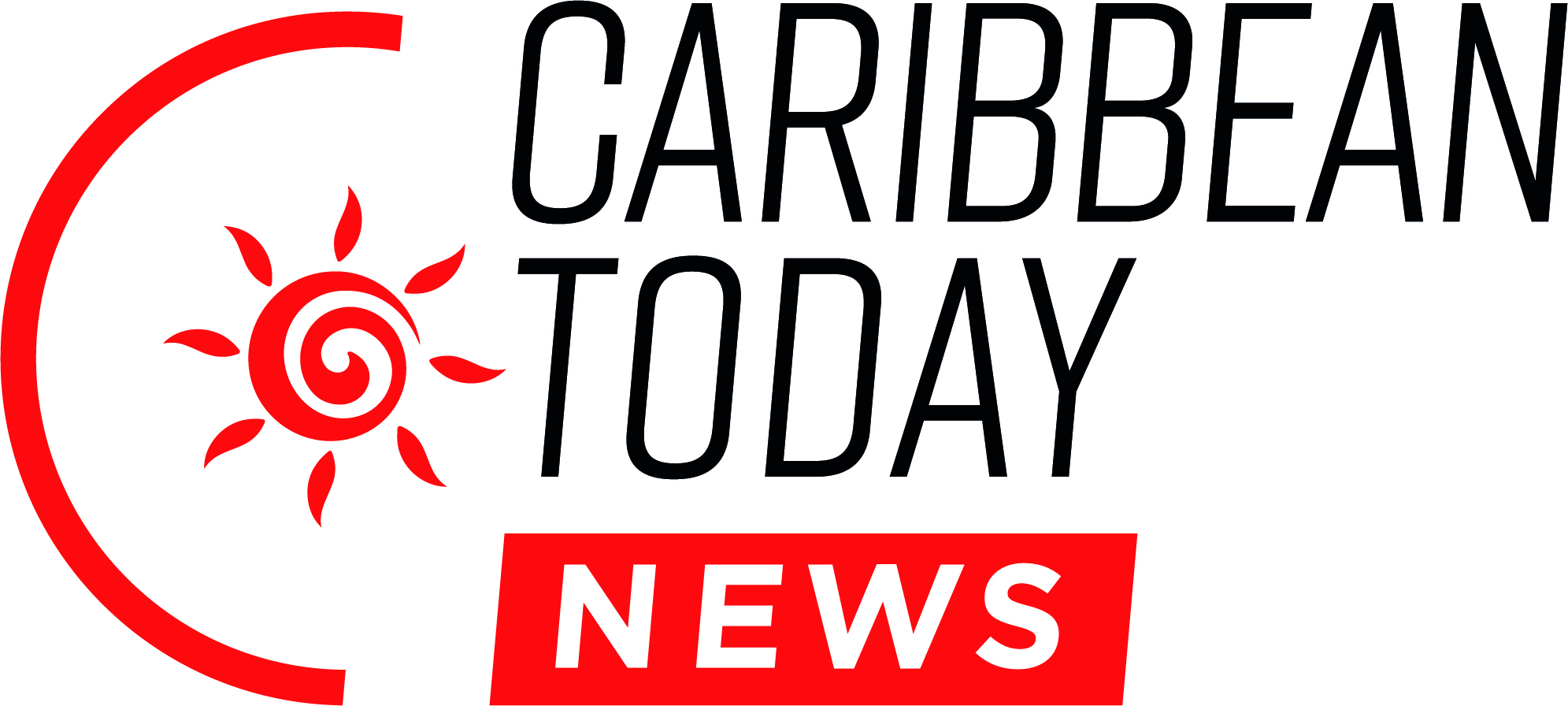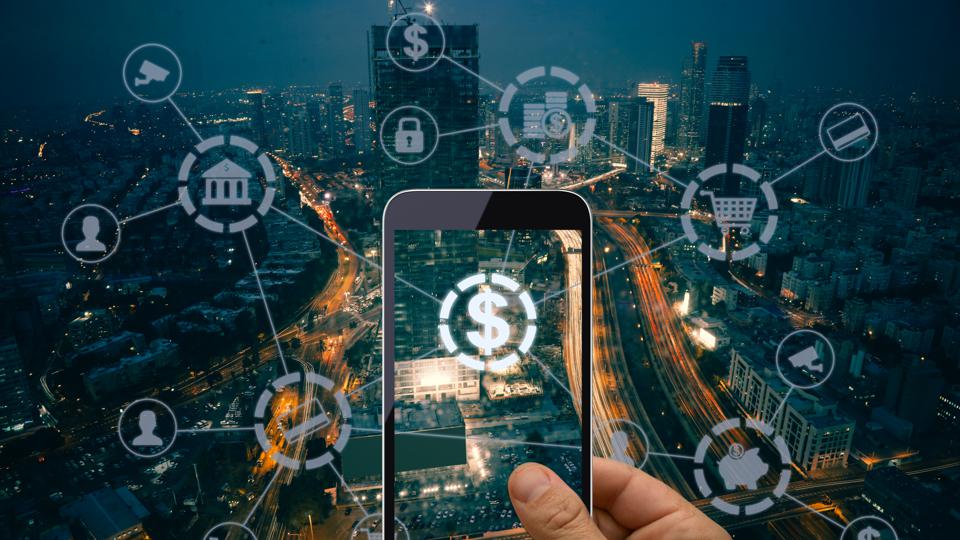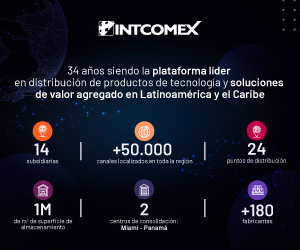It’s the start of a new year – a time to reflect on learnings from the past year and to plan for what lies ahead. So, we thought of putting together a short list of fintech spaces that generated interest in 2022 and are anticipated to gain more prominence in 2023.
1. Central Banks Digital Currency (CBDC)
Central Banks Digital Currency (CBDC) is a digital currency or virtual asset backed by a central bank. According to the Atlantic Council CBDC Tracker, over 100 countries are currently exploring the CBDC opportunity and between 2020-2022 the central banks of many countries launched CBDC, while others started the pilot or research project. The Bahamas was the first country to launch CBDC which they named Sand Dollar. Nigeria launched e-Naira and Jamaica introduced JAM-DEX. China has been trialing Digital Yuan or e-CNY for a couple of years, Ghana is conducting eCedi pilot and India has started a pilot of both wholesale and retail CBDC Digital Rupee (e-Rupee) in the last quarter of 2022. Sweden has been exploring and developing its CBDC e-krona since 2020 and the European Central Bank is investigating the Digital Euro.
2023 will be crucial for the growth of CBDCs. Many countries conducting the CBDC pilot will analyze the results in the new year and take a decision on the next steps which can include expanding the CBDC pilot phase, moving from pilot phase to commercial live, or terminating the CBDC project. Countries in the investigation phase might plan to launch the CBDC pilot. For example, the Swedish Central Bank recently stated that it is “preparing for a possible e-krona”, but it also pointed out that the decision to issue e-krona has not yet been made. Brazil’s central bank is also planning to introduce digital currency in 2024 after a pilot with the country’s banks and financial institutions in 2023.
Overall, the increase in research, development, and trials of CBDCs in 2023 will bring more clarity on its implementation. The questions related to the design of CBDC, the distribution model, conversion of cash/money from bank accounts or digital wallets into digital currency, responsibility of on-boarding users and the role of intermediaries will become clearer as the CBDC activity grows in the new year. 2023 can also see increased partnerships between central banks for interoperability between CBDCs and its use in foreign exchange operations and settlement. Another interesting possibility to look forward is the use of CBDC for making purchases in the Metaverse.
However, in 2023 central banks will also need to find good answers to the basic question of what problems exactly they seek to solve with a digital currency of their own. Retail CBDCs in particular have so far proven to be difficult for people to understand, as from a practical standpoint there is very little or no difference to other payment apps that have been available for a long time. China’s e-CNY for instance is finding it difficult to find its place in the already crowded Chinese payment app ecosystem.
2. Artificial Intelligence and Machine Learning in Mobile Financial Services
The use of Artificial Intelligence (AI) and Machine Learning (ML) is spreading in mobile financial services (MFS) from fraud detection to robo-advisory and it will further grow in 2023.
AI and ML algorithms are becoming vital building blocks of advanced fraud management systems. The advanced fraud management systems leverage ML algorithms to analyze millions of data points to do transaction velocity checks and detect transaction spikes, high value transactions, cyclic transactions, duplicate transactions, and other anomalous transaction behavior, and send out alert notifications to concerned parties to warn about frauds. Advanced fraud management systems can also map and analyze the suspicious connections and networks of fraudulent users, thus preventing potential frauds. When a new user is on-boarding for a mobile financial service and performing Digital Know Your Customer (e-KYC) using the mobile app, AI and deep learning-based face matching technology is used to verify that the user’s selfie matches their photo in the identity document.
AI and ML algorithms combined with alternative data analytics also help to predict a borrower’s risk level more accurately and to improve efficiency of credit scoring and lending decisions. Personal finance management (PFM) and robo-advisory tools are leveraging AI and ML algorithms with holistic data analytics to forecast future money inflows and outflows and also to provide personalized recommendations for savings and investments.
AI powered chatbots and voicebots are being used by MFS providers for automating customer care and responding to customer queries. Chatbots and voicebots leverage AI, ML algorithms, and natural language processing (NLP) to process human language, understand its meaning and recognize the intent and sentiment to provide an appropriate human-like response for meaningful conversations. In 2022, OpenAI’s ChatGPT gave us a glimpse into what a next generation chatbot could be like. While the GPT model has its limitations in the highly regulated and descriptive financial services space, it has a lot of potential in assisting customers in navigating sometimes complex processes that involve negotiation. “The world’s first robot lawyer” DoNotPay has recently announced that they are going to use GPT-3 for this exact purpose.
In 2023, an increasing number of MFS providers will turn towards AI and ML to enhance their mobile financial service and on the other hand we will probably start to see more usage of AI on the user side as well.
3. Advanced Mobile Financial Services
In the past decade, mobile financial service (MFS) providers, especially telecom operators in emerging countries, have built inclusive mobile money or mobile wallet services catering to both banked and unbanked consumers. They have focused majorly on basic mobile financial services, including money transfers, prepaid mobile top-ups, and bill payments. The revenue mainly comes from service fee charges on money transfers and withdrawals. However, in the last couple of years, start-ups have disrupted the MFS business by entering the market with a very low or zero service fee on money transfers and withdrawals. To offset the impact of the disruption MFS providers are focusing on advanced mobile financial services including: merchant payments, virtual cards, enterprise collections and disbursements, bulk payments, international remittances, savings, loans, overdrafts, insurances, investments etc.
In 2023, MFS providers are expected to increase and encourage the use of advanced mobile financial services. It is anticipated that in 2023, the proportion of revenue coming from advanced mobile financial services will increase, while the proportion of revenue from conventional money transfers and withdrawals will reduce.
MFS providers may also look at extending their reach and increasing transactions in the new year by introducing new services for untapped user segments such as junior mobile wallets for 10 to 17 years old and business mobile wallet for merchants and employees of enterprises.
Another MFS trend that has become popular and is expected to grow further in 2023 is deferred payments which allow users to make purchases now and pay at a later date in a single transaction or multiple installments. There are multiple services under deferred payments, including buy now pay later (BNPL), overdraft, and pay-as-you-go services. Combining deferred payments with the emerging variable recurring payment (VRP) mechanisms will allow MFS users to have much better control of their money and make it easy to avoid late and overdraft fees.
The evolution of MFS apps to super apps is also expected to continue in 2023. A super app is a one-stop-shop that provides access to multiple services through a single interface. Services like e-commerce, travel and ticketing, credit, insurance, healthcare bookings and entertainment are built as mini programs or mini apps within the super app. Super apps eliminate the need to download various apps and remember multiple passwords, optimizing phone memory and enriching the user experience.
Conclusion
While one cannot predict the future, we can say one thing with certainty that 2023 will be a significant year for the fintech and the mobile financial services industry.





